I’m excited to write about Château Hex today as it is a place close to my heart. Quick disclaimer: as this post contains lots of pictures, it will be truncated in your email, so please click “view entire message” to read in the app or on the website and not miss anything :)
Hex (or Heks in Flemish) is an estate in the province of Limburg in Belgium, close to the German border. An hour’s drive from Aachen, where I grew up, it has been a family tradition to visit the biyearly garden festival organized by the noble family of Ursel that has resided there for three generations. The festival takes place once in spring/summer and once in autumn, and last weekend I spent another delightful day on the premises with a few special people, smelling roses, trying jams, and pondering the appeal of a cottage- (or rather castle-)core life. We like to play “spot the count” – no one really knows what he looks like, but certain family members have claimed to have identified him, dressed in bright orange and purple and exuding pure sprezzatura.
The Garden
Court and lawn
Hex castle was built in the 1770s and is surrounded by a huge garden. Entering the estate, you are immediately greeted by the sunbathed château, generous terraces and an abundance of boxy hedges – though some are egg-shaped, too. The château itself is unfortunately not open to visit, as it is inhabited and kept private. I admit that this sparks a little mystery inspiring the imagination. The Tall fir and plane trees provide shade on the walking paths that guide you into the fair area. The garden is divided into sections: there’s a large entryway avenue with a rigidly structured lawn leading into the inner court of the castle. While this spacious area is relatively bleak compared to the rest of the garden, the sparse and tasteful garden sculptures and the yearly changing hedge styles are an exciting component that add an air of Versailles. This would make a splendid wedding location.
Rose garden
From the main lawn, little passageways lead to other parts of the garden. There’s the rose garden, home to about 250 varieties (and a few happy spiders).
Chinese garden, herb and vegetable garden
There’s a Chinese garden that’s closed off, but a peek inside reveals blood red Japanese maple trees, bonsais of various kinds, a lengthy fish pond with lotus flowers, and a treacherous grinning buddha statue throning above it all – no picture needed. Passing through an ornate gate, across a narrow terrace with shade-providing trees and pavilions, and descending an imperial staircase, you will get into the herb and vegetable garden, located between an abandoned tennis court and the swimming pool. The garden is populated by artichokes, vines, salads, tomatoes, pear trees, deceptively similar quince trees, and other delightful produce that make for amazing dinners for the Ursel family, I’m sure. We like to pick a redcurrant or two if they’re ripe. Between all the fruit and veggies, flowers take up space, too, and embellish the field; wild roses, peonies and dahlias that add bright spots of colour to the green patches. A baffling fun fact: only two gardeners work here.
Swimming pool
The pool is my personal highlight every time I visit. It’s this immaculate aquamarine surface lying there like a giant mirror to the sky, inviting visitors to jump in from the balustrade above. This is the place you notice the house is lived in. A bikini draped over a chair reminded me of a recurring still in Paolo Sorrentino’s latest film Parthenope, a symbol of youth and carelessness. The pool has direct access to a beautifully furnished kitchen with wooden cooking surfaces and golden drawer handles. I should like to eat a slice of cantaloupe with Serrano ham there following an afternoon plunge…
Park and forest
For the people curious to explore, the grounds are open: on a walk through the hilly parks, you’ll encounter velvety cattle the colour of bitter chocolate, an elegant horse or two, and very few other visitors. You’re free to take a picnic and sit down under a linden tree, or climb through the magical arbor leading to a latin-inscribed monument viewpoint. From there, you can walk through the forest and catch a glimpse of the surrounding fields. You could spend a whole day here, cut off from the busy festival noise.
The Fair
Merchants and goods
The main part of the fair is located underneath a beautiful avenue of plane trees. Exhibitors occupy generously spaced stands and display their goods using their own carts, tables or tents. You’ll find rose breeders and a multitude of other plant merchants (we looked around for the Jacqueline du Pré but only spotted a Rhapsody in Blue), artisans such as basket weavers showcasing their skills, linen garment traders, soap mongers, tea, candied fruit, confectionery.
The château sells small batches of its own produce, jams and jellies (quince jelly is a must!), and a citrusy scented candle I’ve been too stingy to buy so far. Sometimes there’s a stand selling on-theme secondhand books that are lovely to peruse. Every stand is adorned with a bouquet of fresh flowers from the grounds; so is the bathroom. The festival is always a dog-show, too!
Culinary offer
A huge part of the day at Hex is spent eating. The fair is full of culinary attractions: there’s the Hex Angus burger (farm-to-table) and the very umami mushroom burger as a vegan alternative, there’s the fruit punch stand, several bistrots spread around the estate offering light gourmet lunches prepared from the castle-grown ingredients, delicious coffee and cakes from local bakeries (the cherry and apricot pies caught my eye this time), not to mention the Belgian specialty of tarte au riz. We are particularly fond of the recently introduced waffle cart offering big batches of still-warm waffles flavoured with chocolate, vanilla, raisins, speculoos, and lemon-lavender (the Hex variety), entre autre. It’s so hard to choose!
My family has been coming here sporadically – and more and more regularly these past years – since at least 2007 (earliest record). I’ve grown attached to the premises, the little secret passageways, overgrown winding staircases and labyrinth-like connections. There’s a feeling of liberty to come and go as you please, explore corners of the estate nobody enters. There’s no trespassing, no policing, you’re welcome everywhere.
This visit, Mama has successfully purchased a rose named Ali Baba, and Timo got a fragrant, balcony-sturdy variety. I can now call mine a Scottish acorn hat that my brother proclaimed an extension of my very soul. Introducing new people to Château Hex has been a great pleasure for me. We’re planning to bike here next time – who wants to join?
If you’re interested in plants, you can read my post about the rose that was named in tribute of the Cellist Jacqueline du Pré.
Or take a glimpse into an opera rehearsal through my eyes and ears.


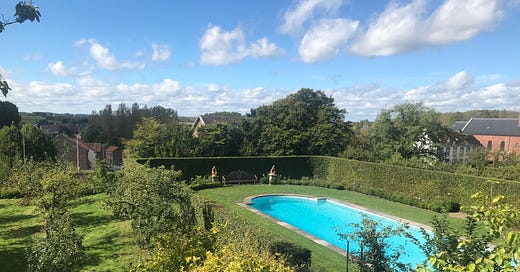


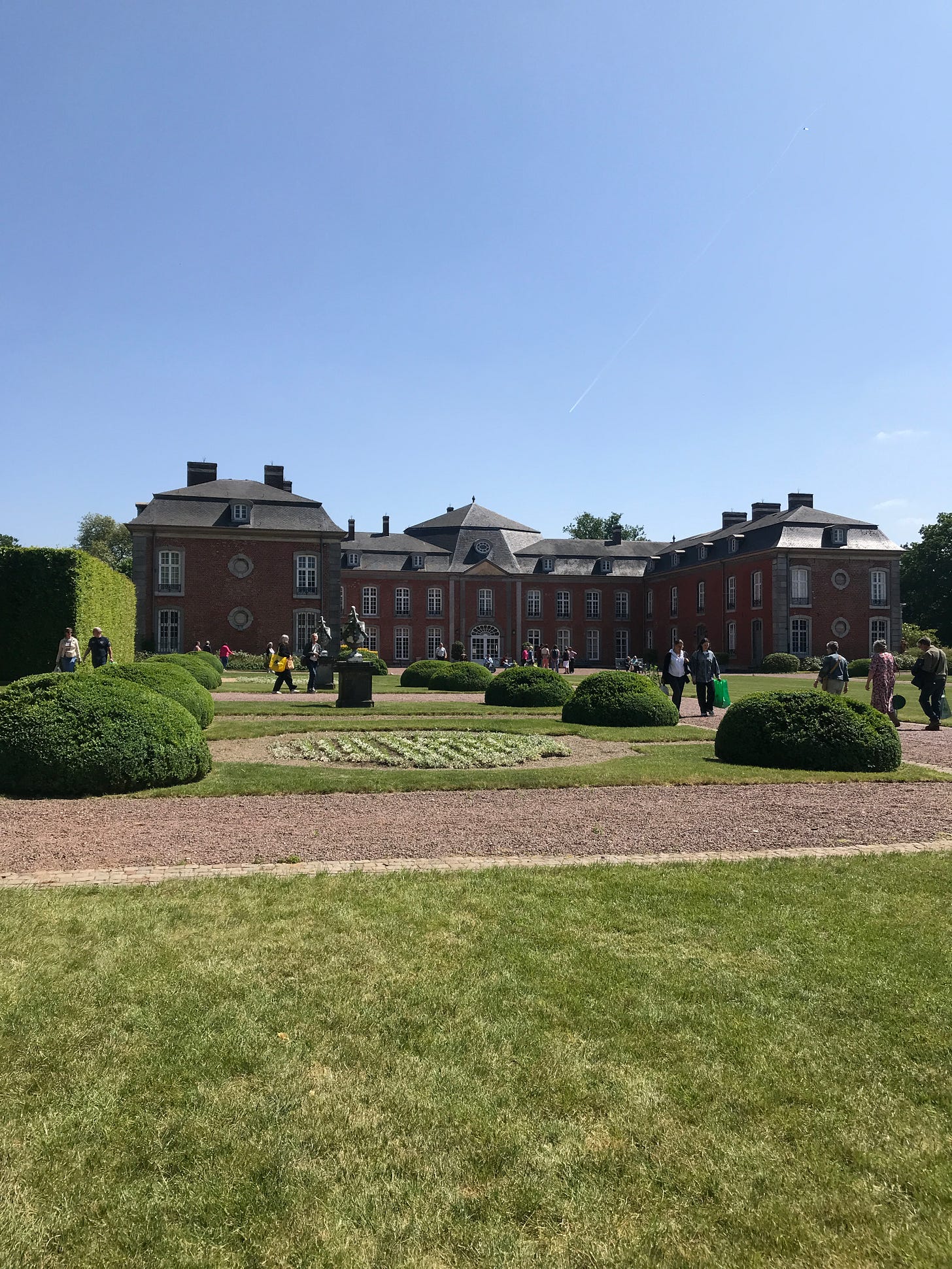
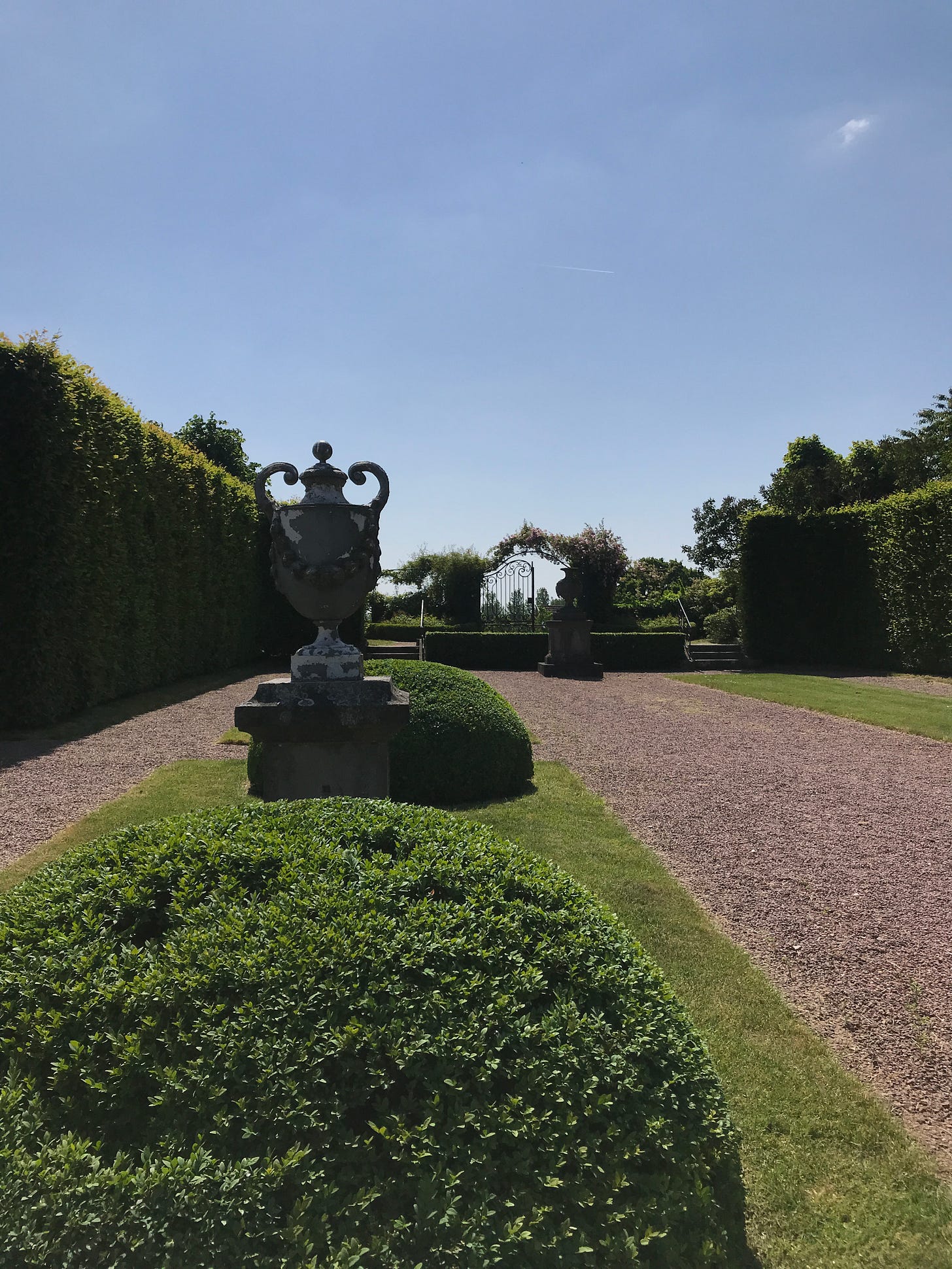
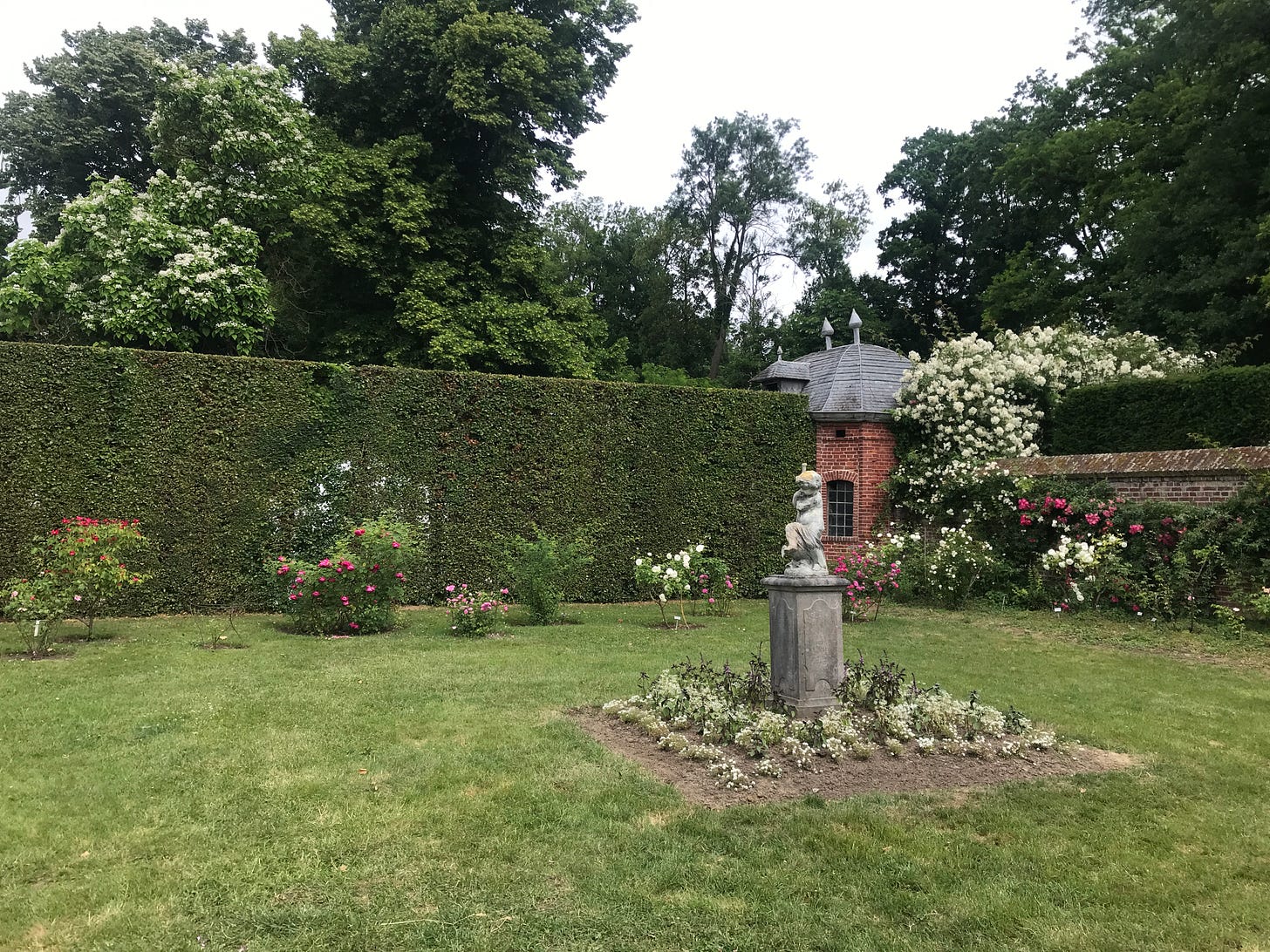
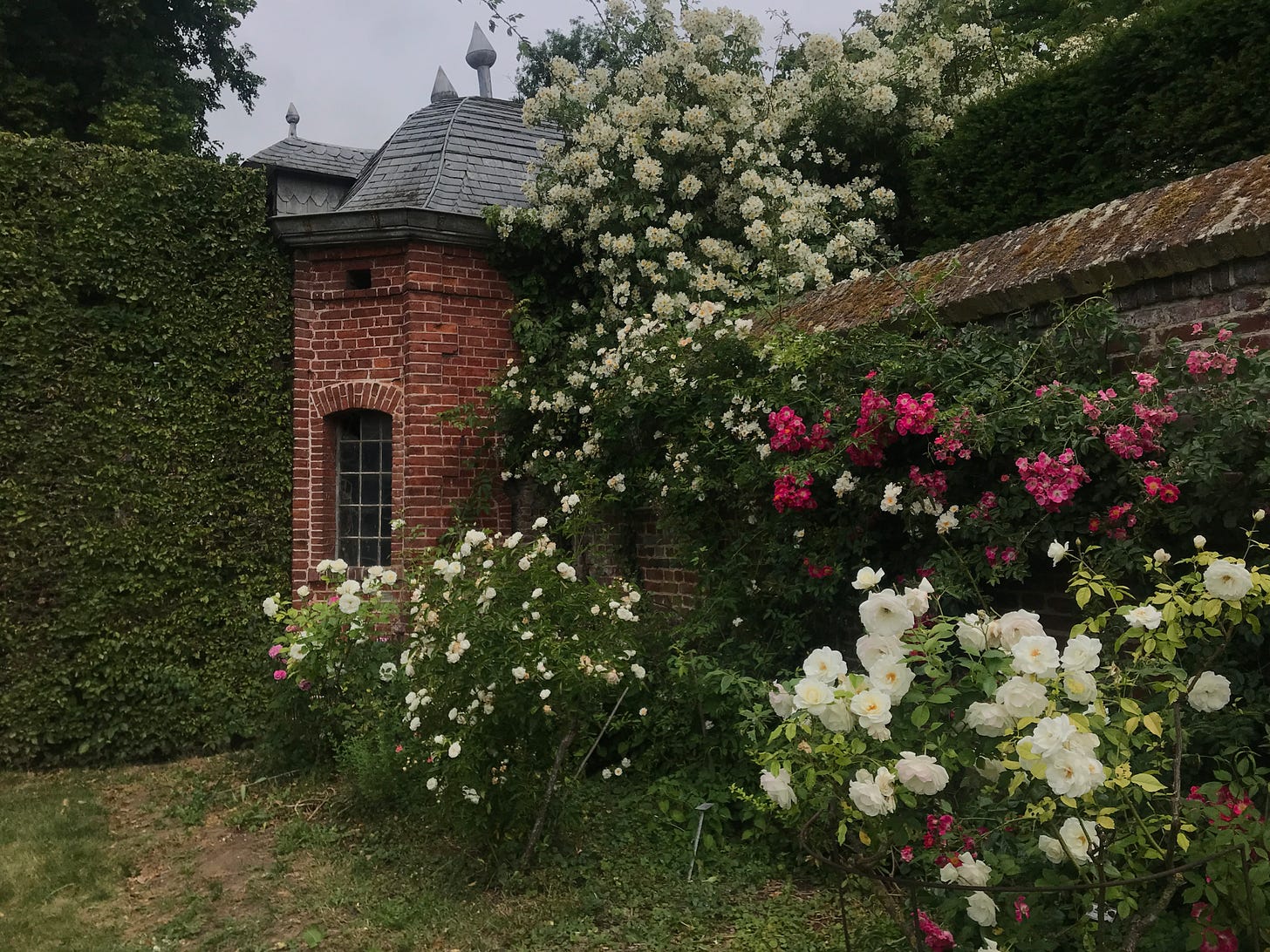
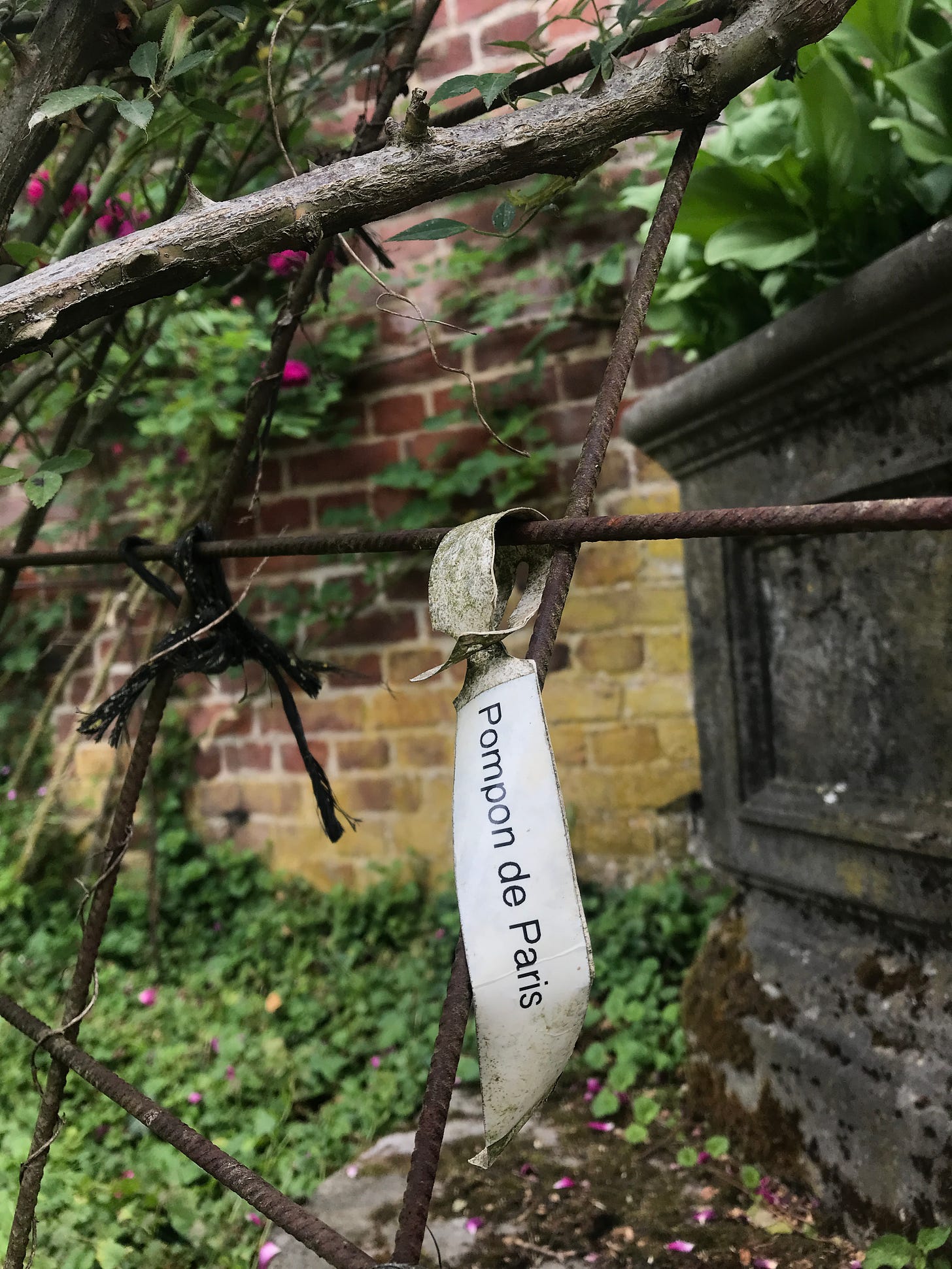
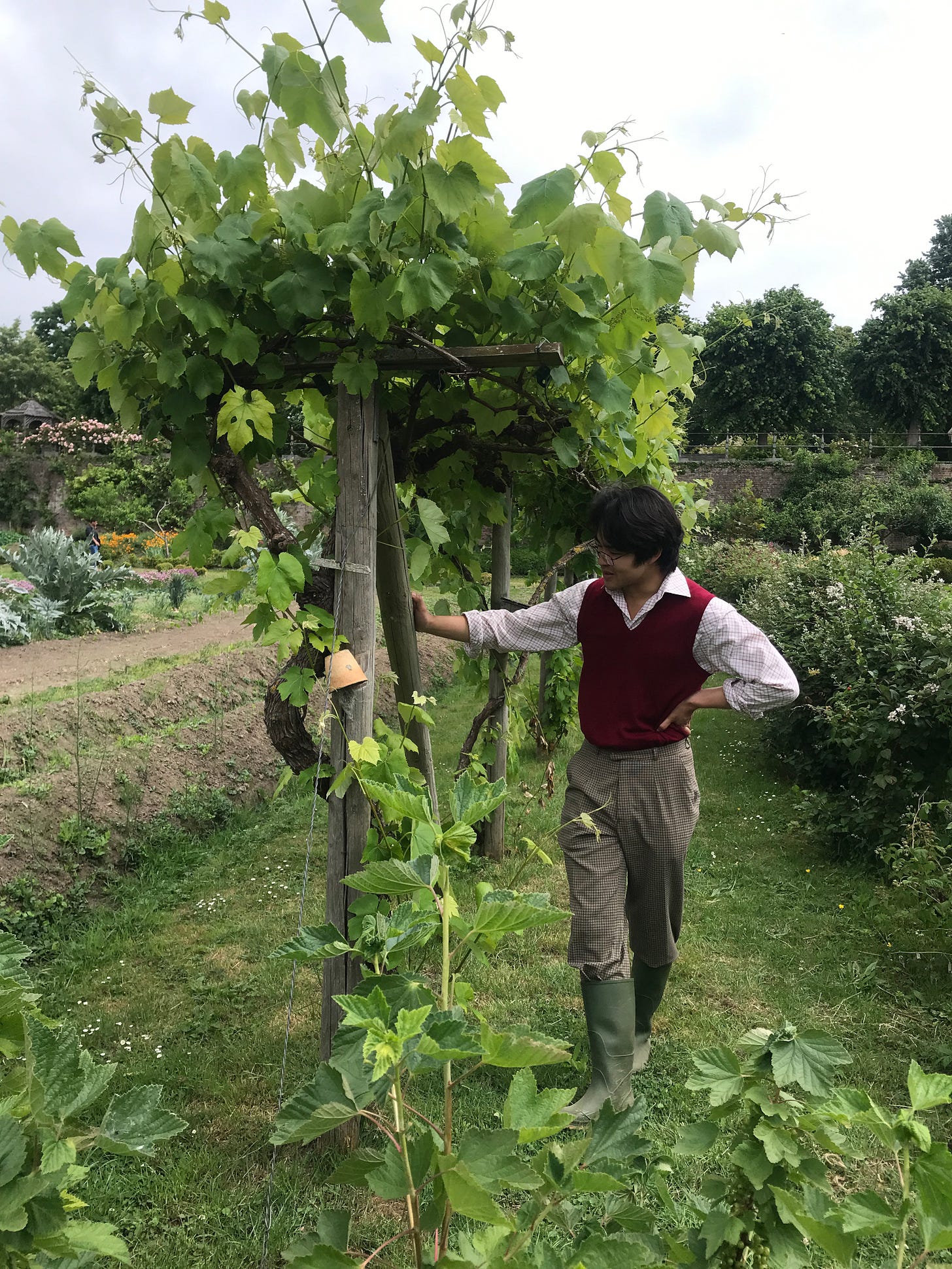
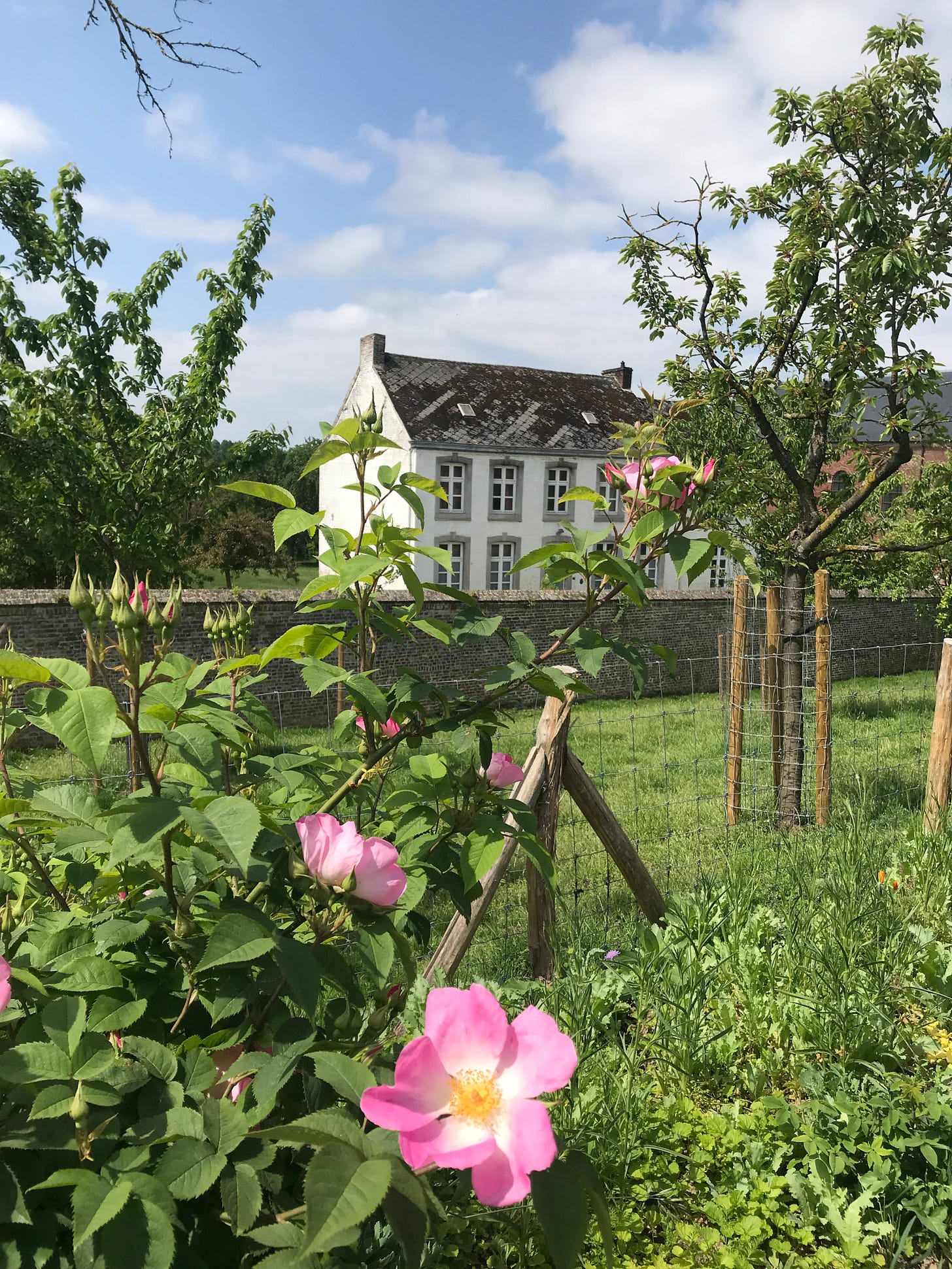
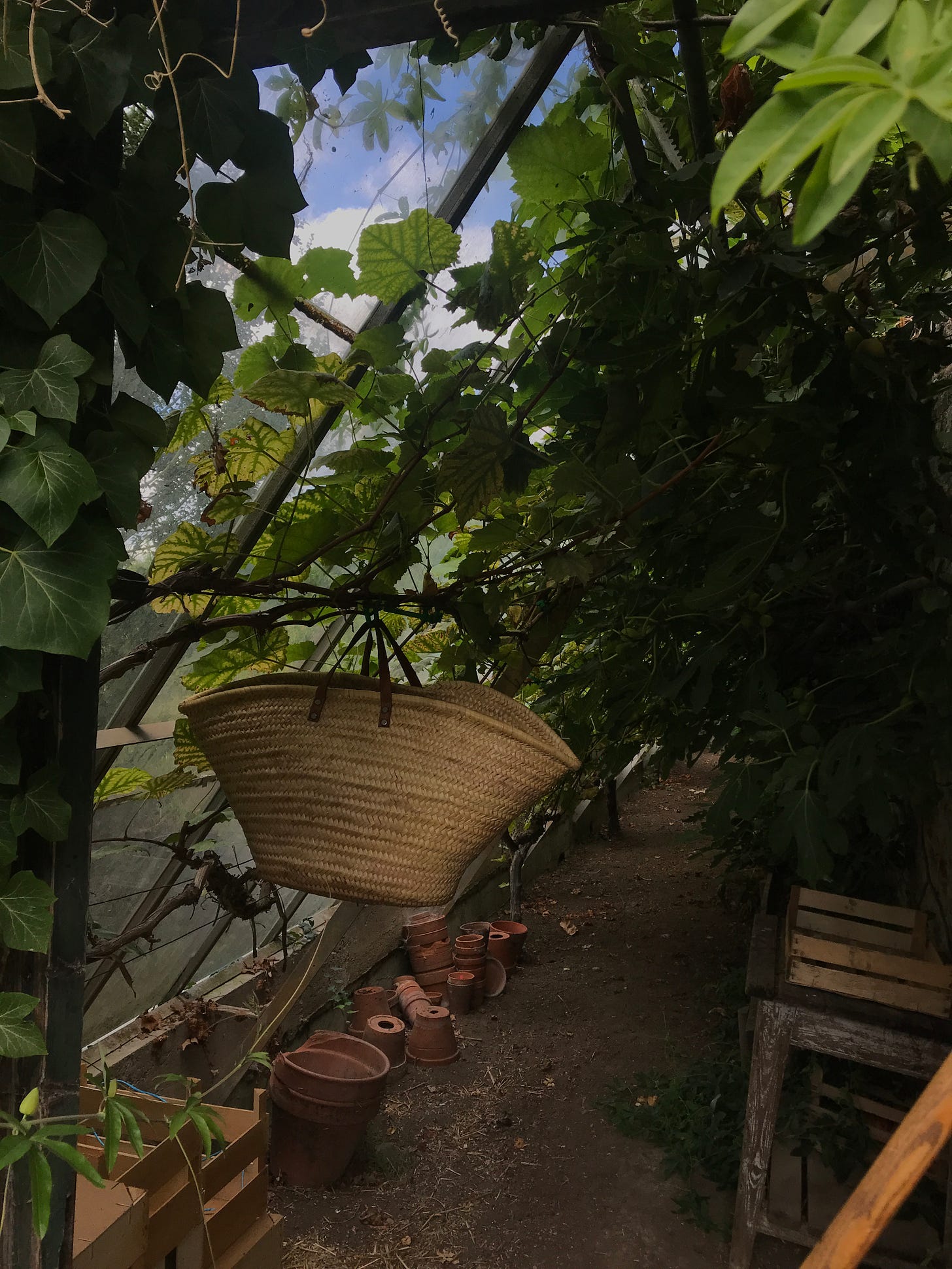
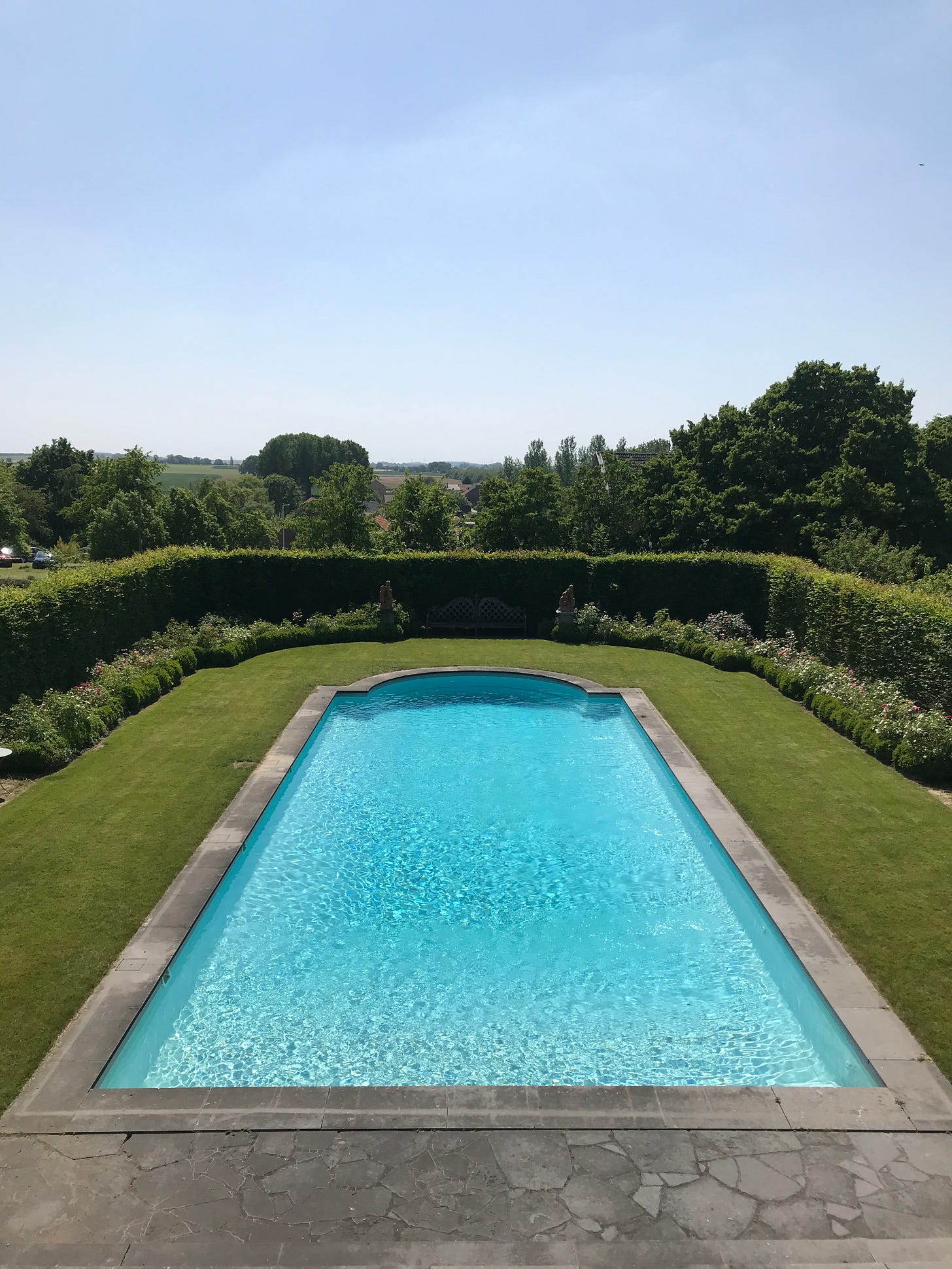

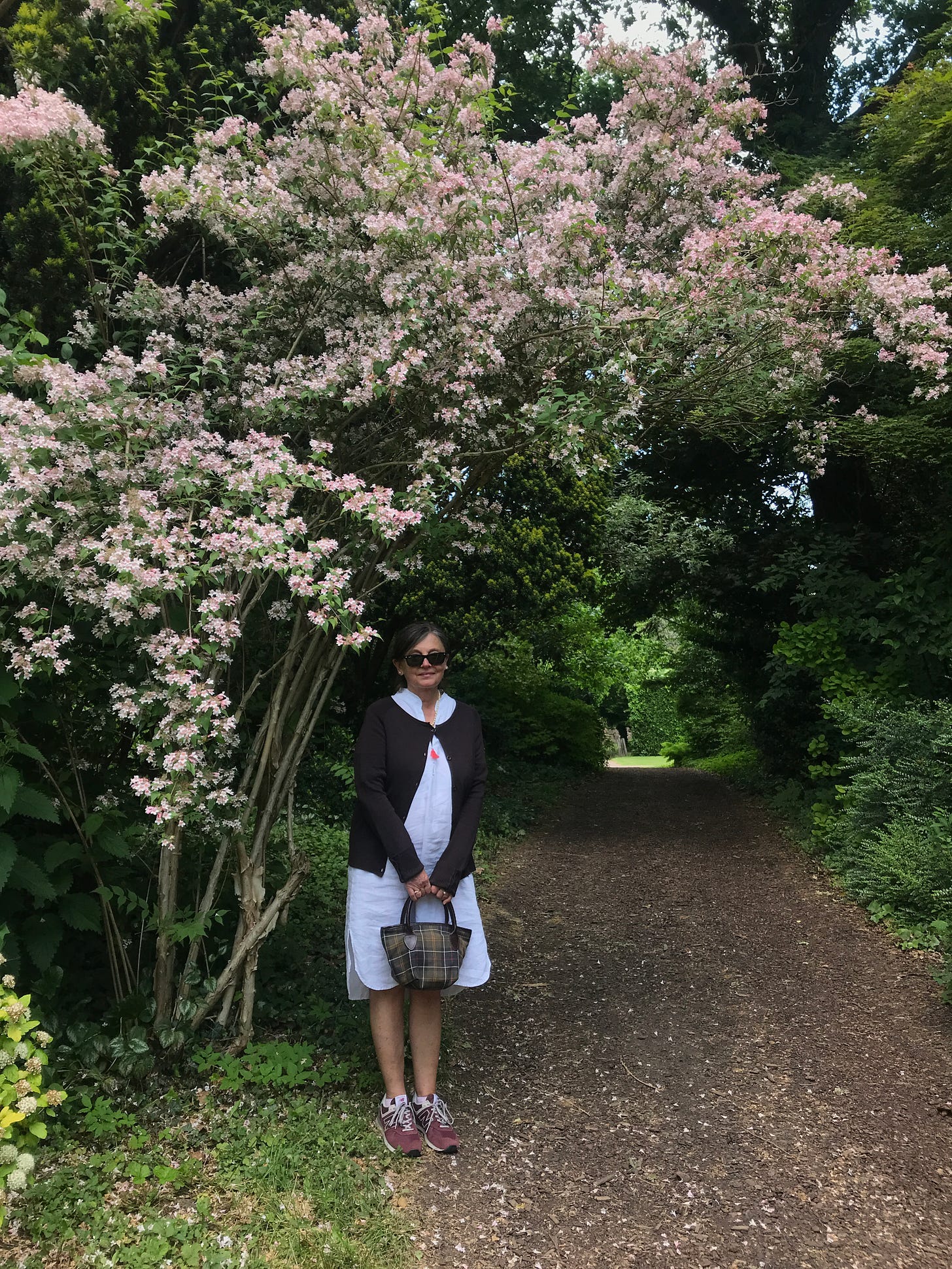

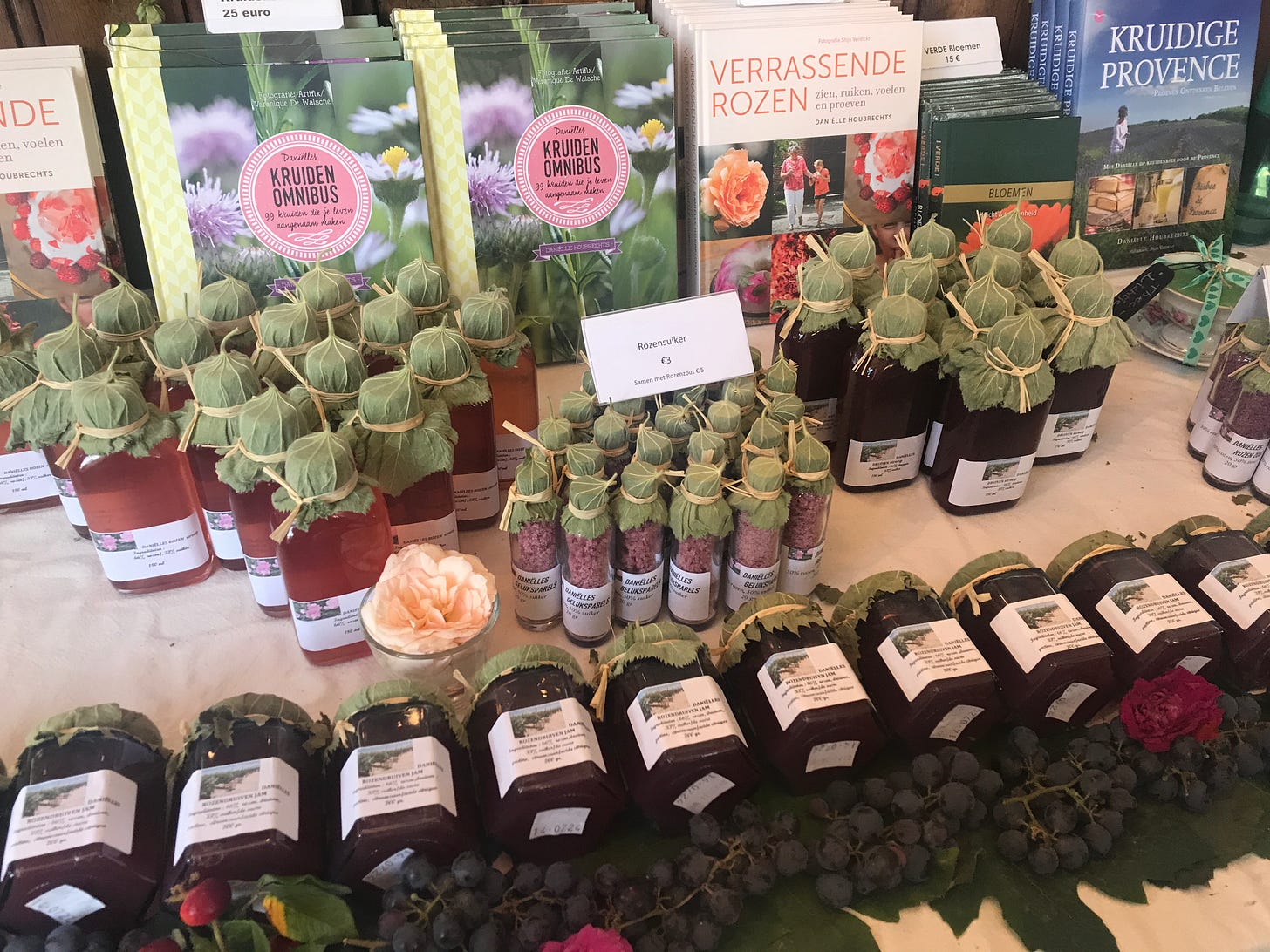
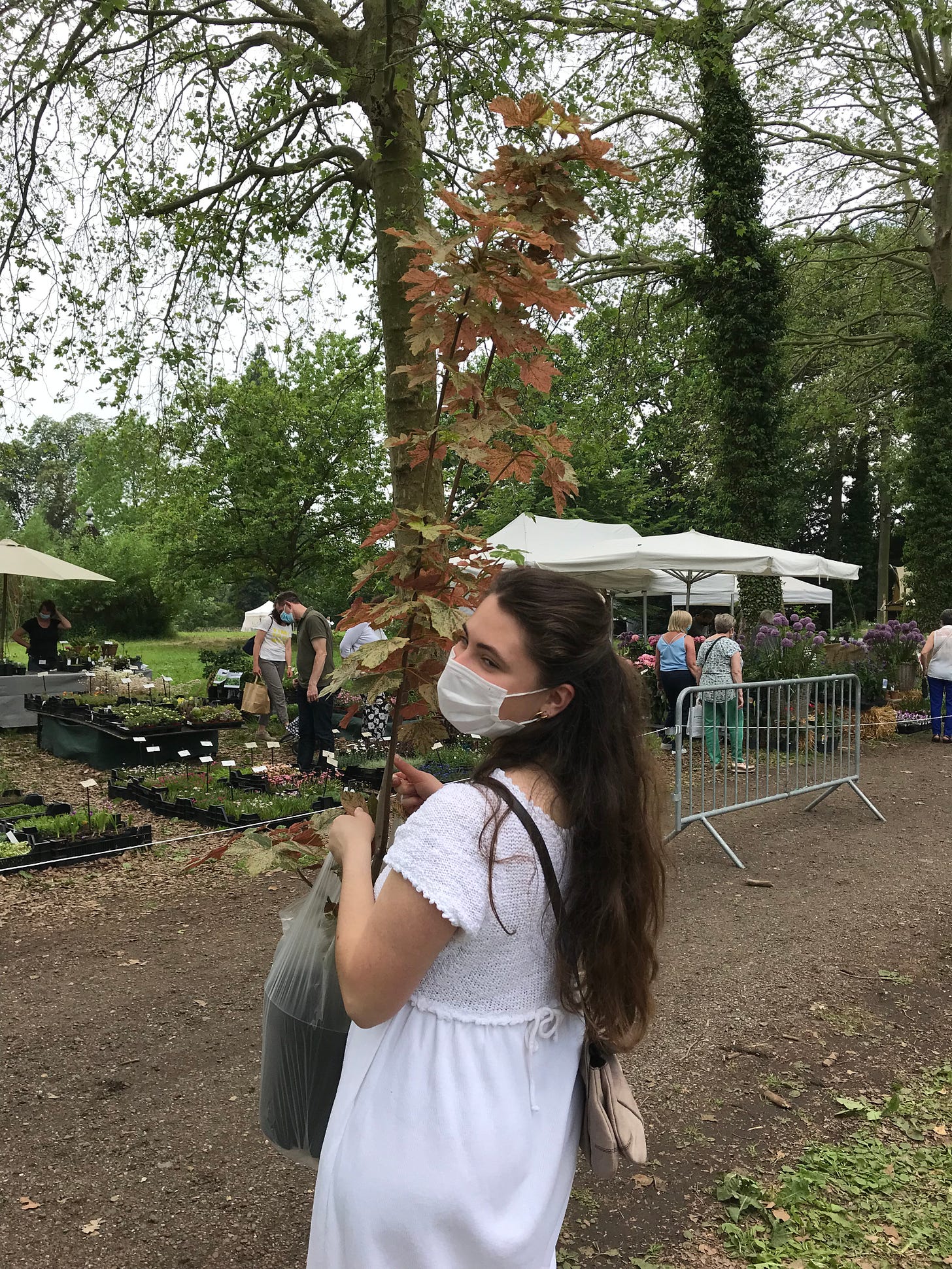
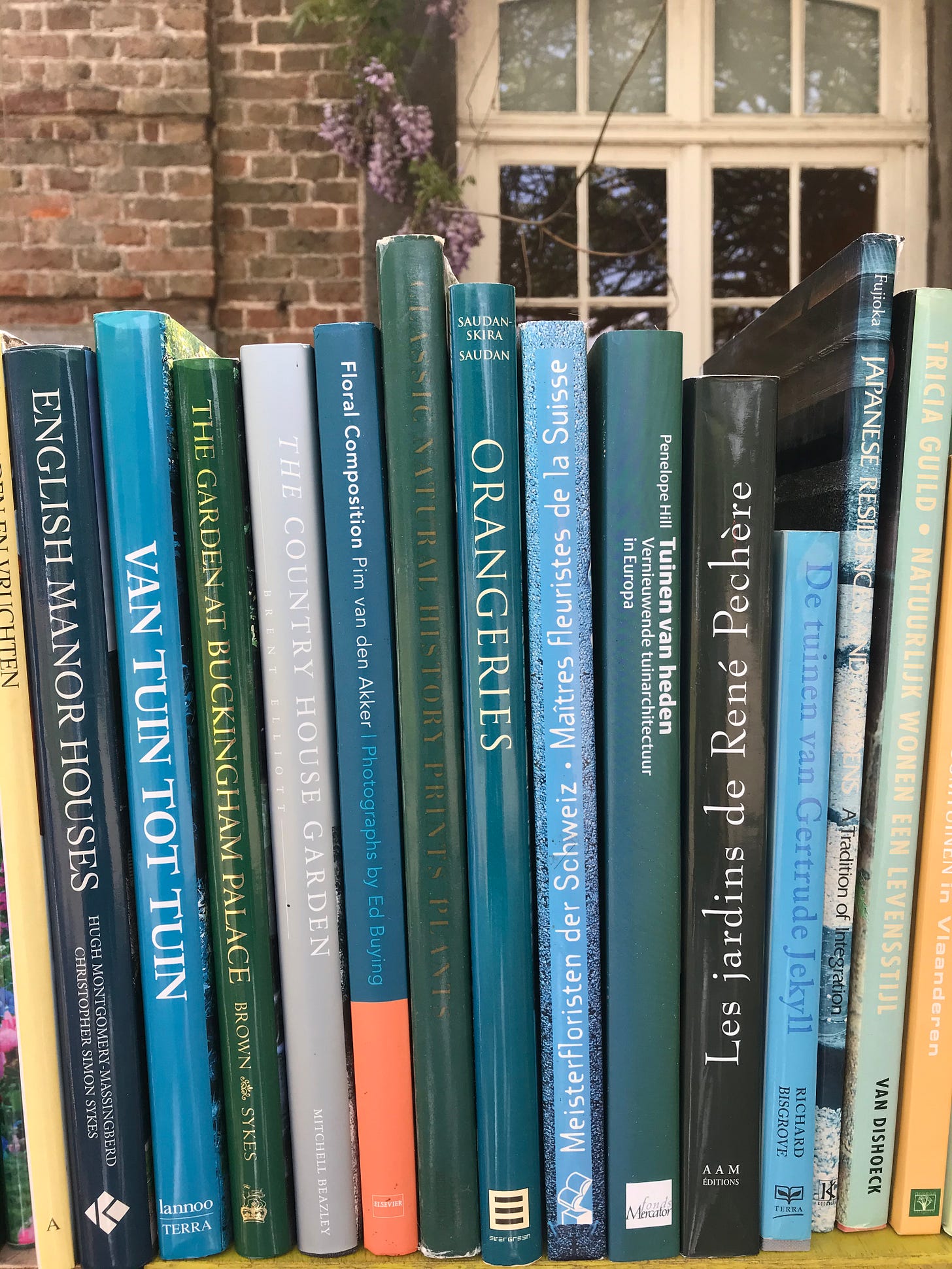
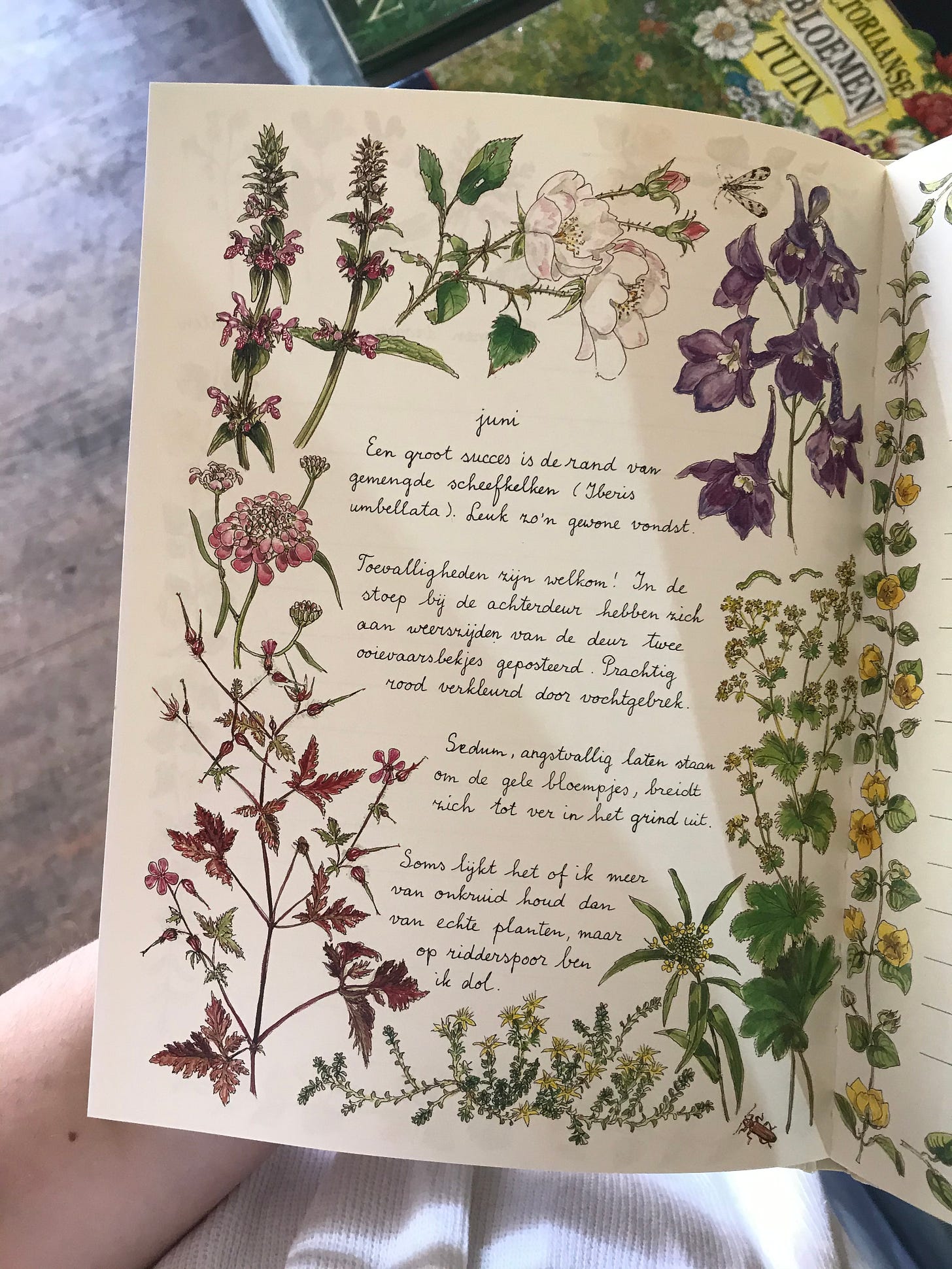
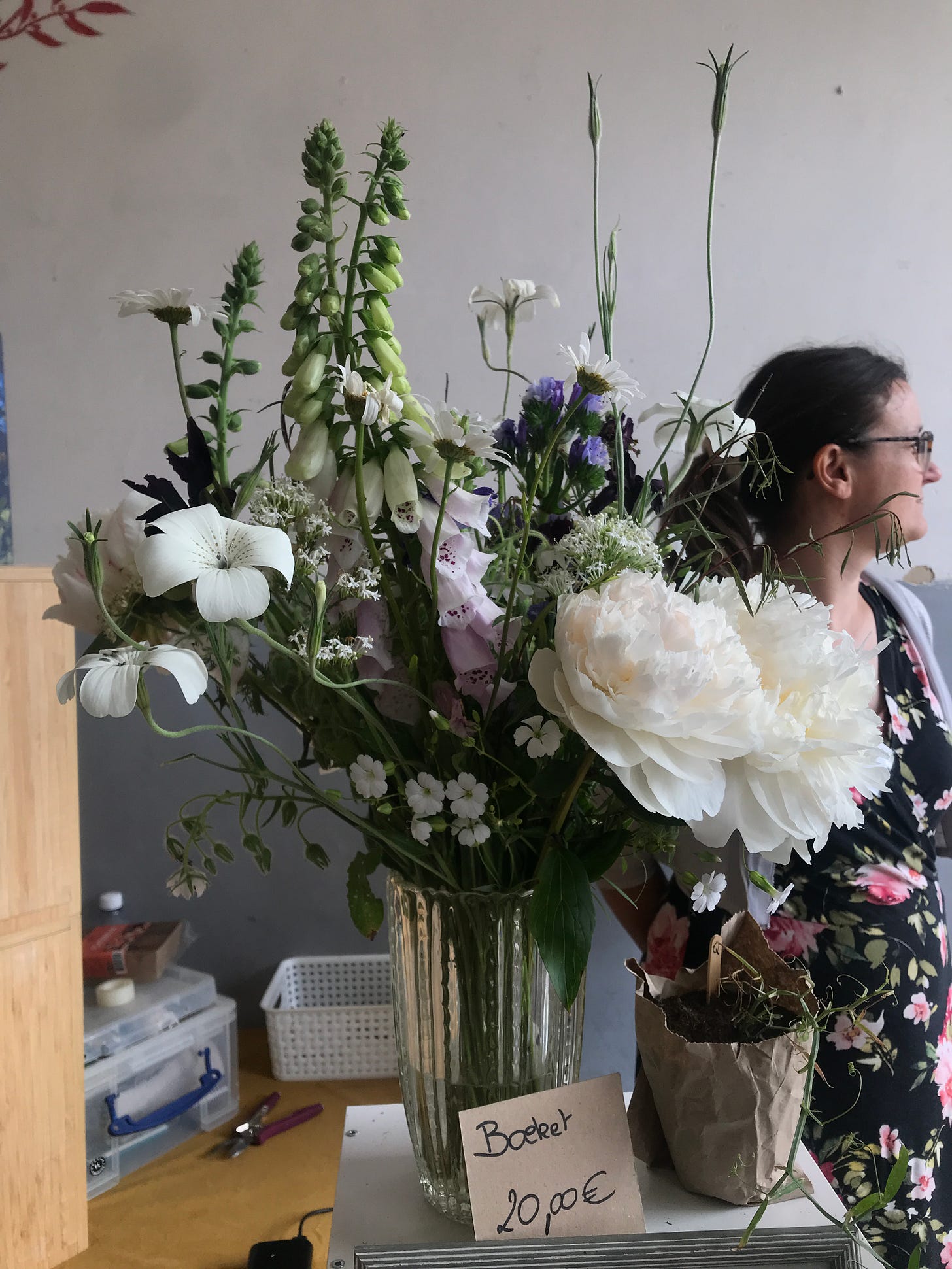
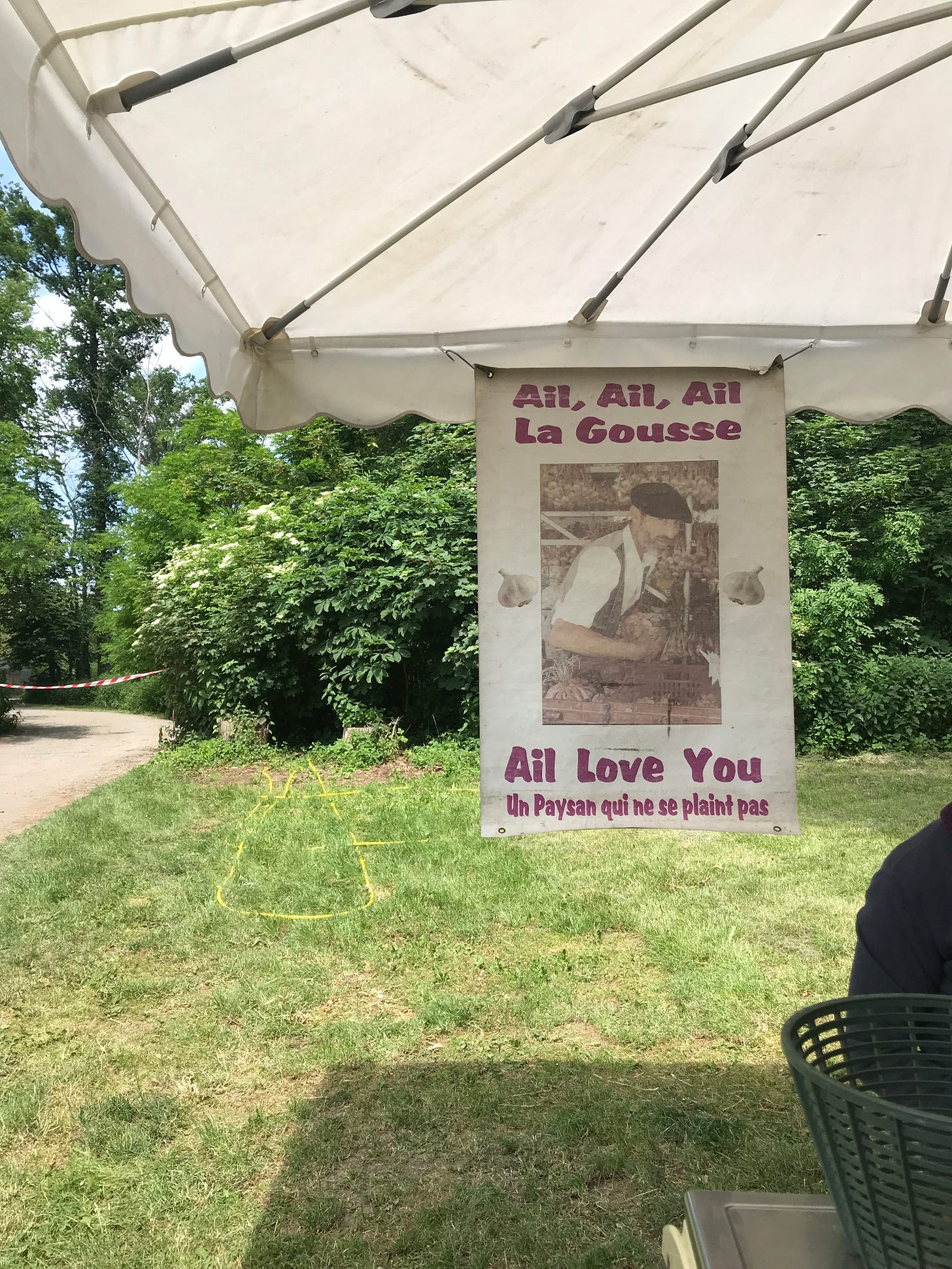
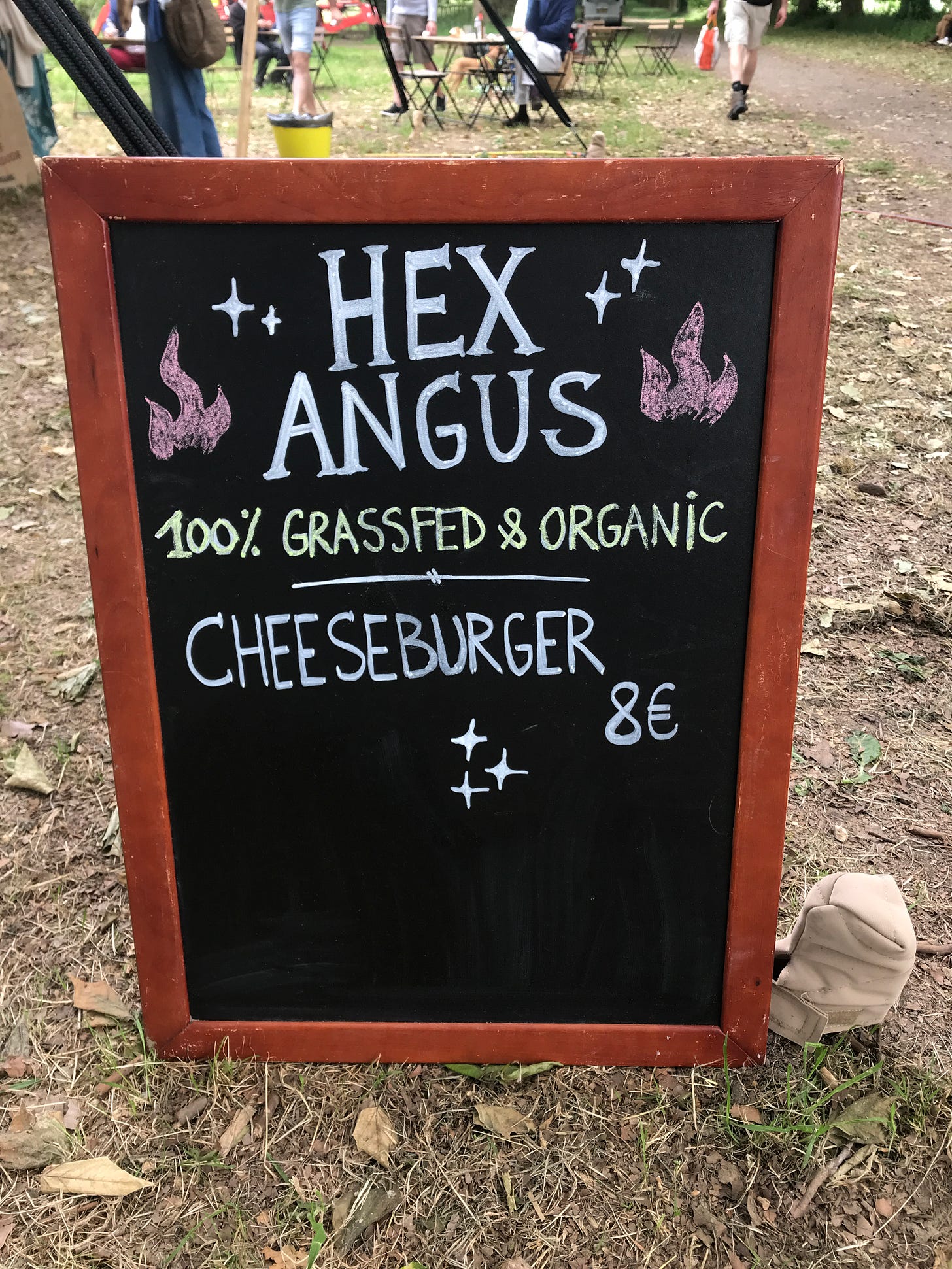
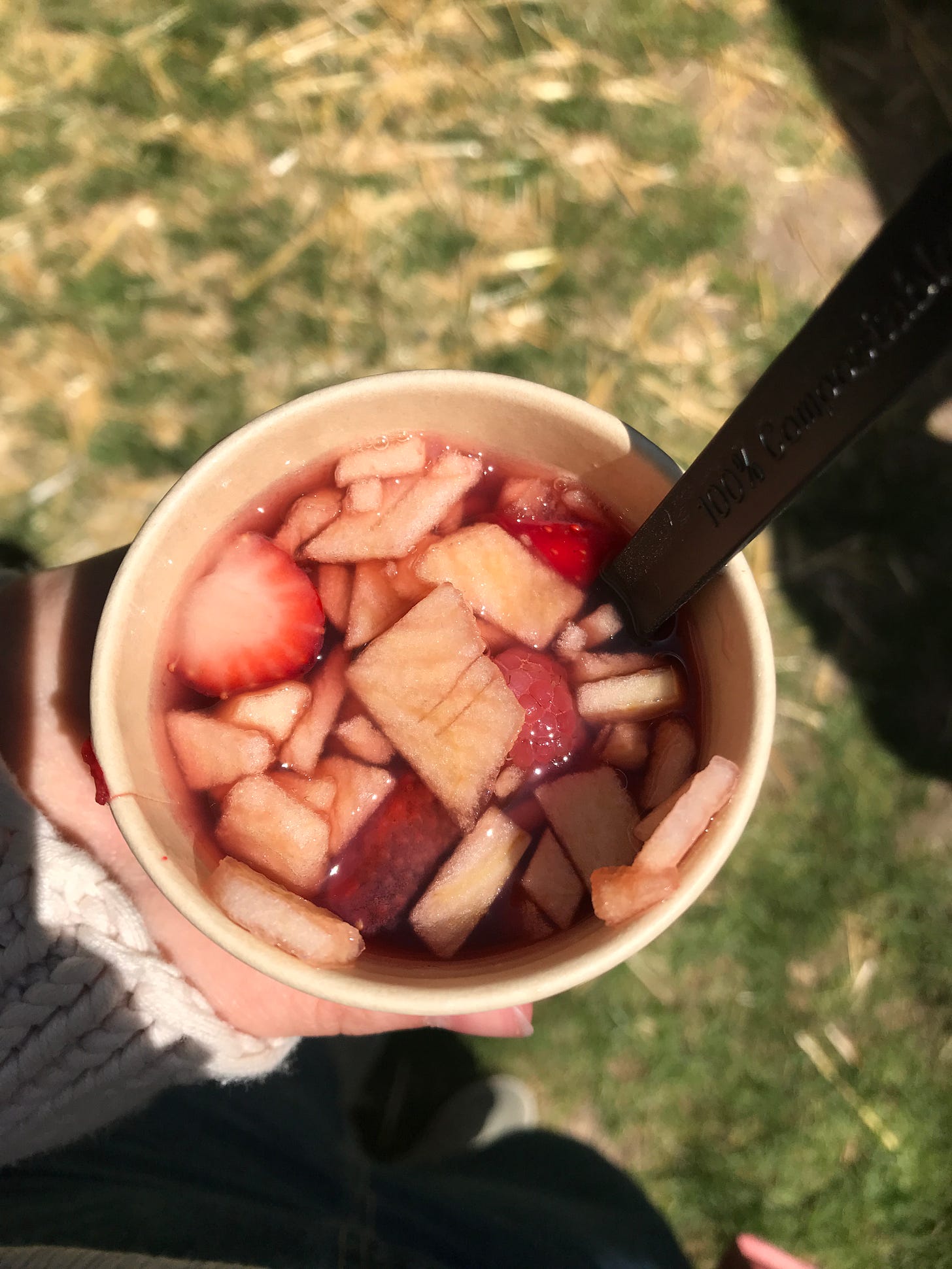
My rose is also thriving, you’ll see soon :)
By the way, Alibaba Rose is planted and has already 3 open blossoms :)